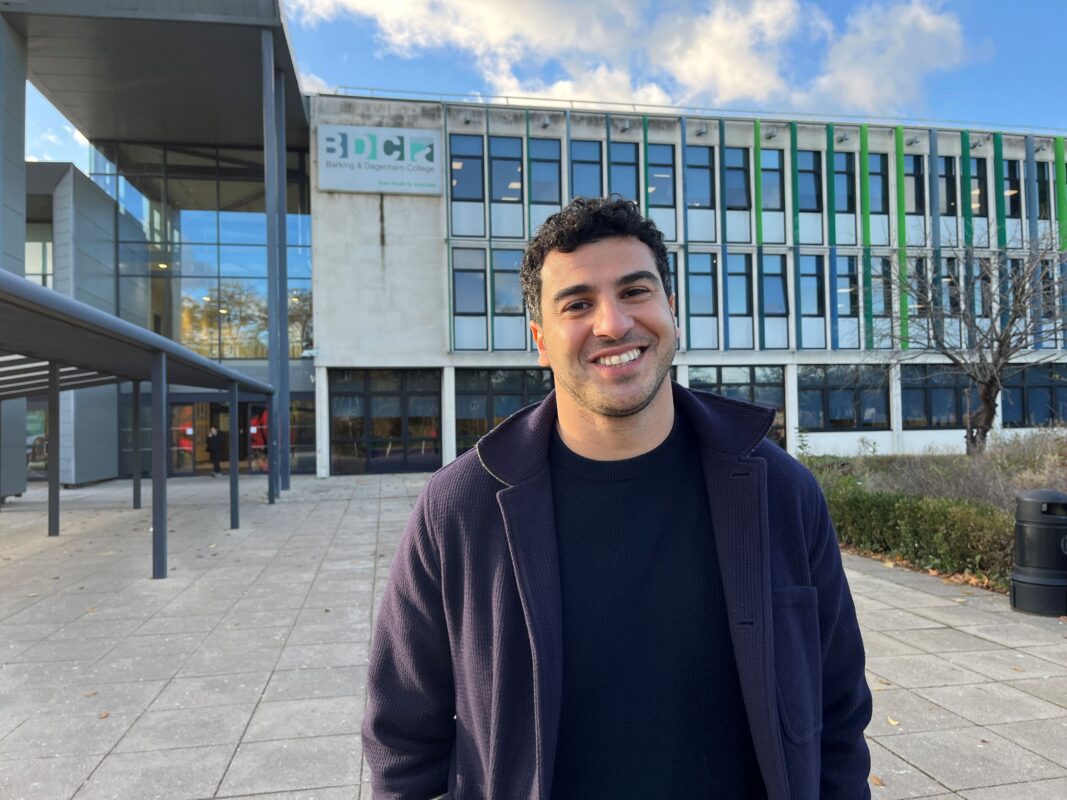Small Language Models (SLMs) will bring a sustainable future for AI in Education

Imran Ali-Farzal, Co-CEO of KEATH.ai advocates how Small Language Models (SLMs) are transforming education by offering targeted, sustainable, and personalised learning solutions, reducing teacher workloads and enhancing student outcomes while addressing ethical and resource concerns.
Large language models, or LLMs, i.e. ChatGPT, dominated the AI conversation for the past two years. But there’s a quieter, equally transformative wave coming up: Small Language Models, or SLMs. These focused AI tools could be game-changers for education, offering efficiency, precision, and accessibility in ways that larger models often can’t.
The key difference with SLMs is their focus. Instead of being trained on massive, general datasets, they specialise in specific domains. This makes them more accurate and less “power-hungry”. For colleges and universities with limited resources, that’s a big deal. A maths-focused SLM, for example, can generate customised practice problems and walk students through solutions step by step. Meanwhile, an English-focused SLM can provide tailored feedback on essays, adapting to each student’s writing style.
We’re already seeing SLMs make an impact. In the UK, schools within the Bourne Education Trust are using AI tools to help teachers create customised resources and handle repetitive tasks. As Chris Goodall, their Head of Digital Learning, puts it, these tools allow teachers to “create engaging, personalised learning experiences for students while also significantly reducing the time spent on administrative tasks.”
But here’s the thing: SLMs are only as good as the data they’re trained on. As Katie Prescott recently exclaimed how the UK, Europe’s leading hub for EdTech investments, is already revolutionising classroom lessons and what that means for pupils: “The quality of AI relies on the quality of the data fed into it.” Institutions need to invest in diverse, high-quality datasets to avoid biases and get the most out of these tools. At the same time, ethical questions around privacy loom large. Without proper safeguards, there’s always a risk of sensitive student data being misused.
That said, SLMs offer some undeniable benefits. They can create personalised learning pathways, provide instant feedback, and help students improve their understanding in real time. Plus, because they require less computational power, they’re a greener alternative to LLMs, something global experts highlighted at UNESCO’s Digital Learning Week.
Of course, there are challenges. Some worry that AI tools could compromise essential learning skills, or even introduce changes driven more by corporate interests than educational needs. But SLMs, with their focused approach, might just strike the right balance. They address environmental concerns, support teachers, and make advanced AI accessible to schools and colleges that need it most.
SLMs give us a glimpse of what the future of education could look like: efficient, personalised, inclusive, and sustainable. But their success depends on educators, policymakers, and technologists coming together to ensure these tools are used responsibly, and that they ultimately serve the students they’re designed for.
By Imran Ali-Farzal, Co-CEO of KEATH.ai











Responses